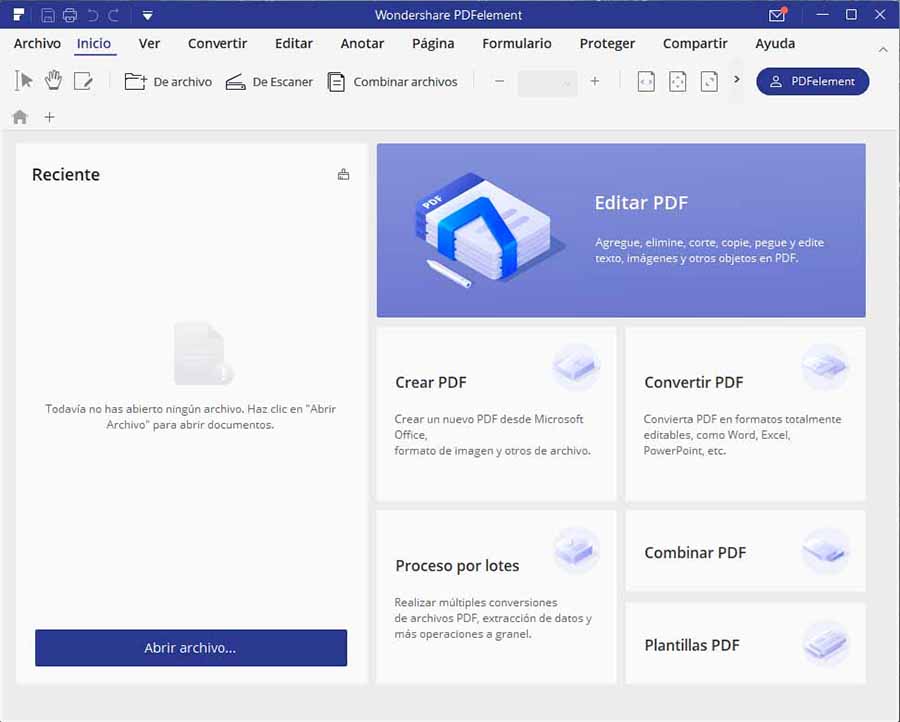
PDFelement 7 has brought in a load of new features, primary among which is the slicker interface that enhances ease of navigation and overall user experience. But even a low-spec Mac is powerful enough to run PDFelement.
1GHz or faster processor (even the low-spec Core i3 in the MacBook Air delivers a clock speed of 1.1GHz)Īs you can see, practically any Mac set up is suitable to run PDFelement in fact, high-end processors will give you blazing speeds for PDF batch processes, thereby increasing your throughput and productivity by orders of magnitude. At least 500MB of free space for the installation (external drives can also be used). A minimum of 512MB RAM, which is available on all recent models of Apple desktop products. The installer file is downloaded as a DMG disk image, and running this file with a click will download, unpack and install the components and make it available to use. PDFelement for Mac is installed like any other third-party Mac application. Oftentimes, the act of installing a utility indicates how the user experience will be. It’s simple enough and it will give you an idea of how easy it is to use the actual software. To that end, I’ve reviewed one of the fastest-growing PDF editors on the market today: PDFelement Pro 7 for Mac.įirst of all, let’s look at the basic requirements and installation process. That’s why it’s important to fully know the capabilities of any potential document you plan to deploy across your organization, no matter how large or small. However, if your office runs in a Mac environment, the number of tools available to manage PDFs is limited. 
The use of PDF is as ubiquitous as that of Android or Google Chrome nowadays.Īs one of the most widely used file formats, every company needs a robust PDF editor to handle their document workflows.





 0 kommentar(er)
0 kommentar(er)
